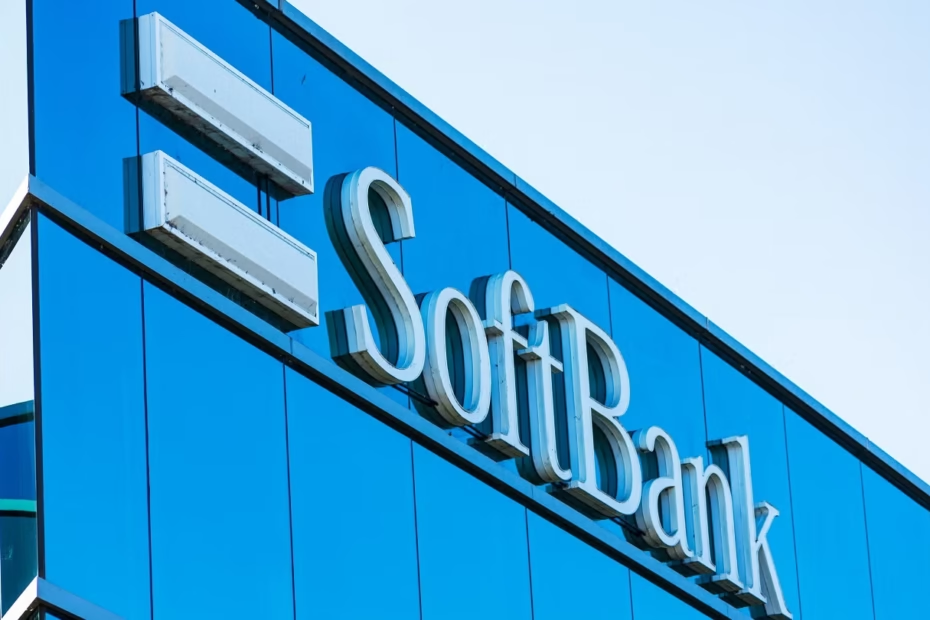SoftBank has made a bold move in the global semiconductor race by investing $2 billion in Intel, a deal that underlines the growing importance of chip manufacturing in the United States. Announced on Monday after markets closed, the agreement will see SoftBank purchase Intel’s common stock at $23 per share. The timing of the announcement sent Intel’s shares up more than 5% in after-hours trading, signaling renewed confidence from investors.
A Strategic Partnership with Big Implications
Masayoshi Son, the Chairman and CEO of SoftBank, described the investment as a strategic commitment to the future of semiconductor technology. According to Son, advanced chip production in the U.S. is set to expand rapidly, and Intel is expected to be a central player in that growth. His remarks highlight SoftBank’s vision to align with companies that can fuel innovation in artificial intelligence, high-performance computing, and data infrastructure.
For Intel, which has faced tough competition in recent years from rivals like Nvidia, this investment is a much-needed vote of confidence. It suggests that Intel’s long-term restructuring plans under its new CEO, Lip-Bu Tan, are beginning to attract attention from powerful global investors.
Intel’s Road to Reinvention
Intel has been working through a major transition. Earlier this year, the company shut down its automotive architecture division, laying off most of the staff as it doubled down on its core businesses. The company also announced plans to trim its Intel Foundry division workforce by as much as 20%, reflecting a desire to focus resources where they matter most.
Tan’s leadership has been marked by difficult but necessary decisions. By concentrating on Intel’s client computing and data center portfolio, he hopes to restore the company’s reputation as a leader in advanced chip technology. This partnership with SoftBank could provide both financial backing and credibility at a time when Intel needs it most.
SoftBank’s Renewed Interest in U.S. Tech
The deal also fits neatly into SoftBank’s broader strategy. The Japanese conglomerate has been increasing its focus on artificial intelligence chips and the infrastructure that supports them. For example, SoftBank recently purchased a Foxconn factory in Lordstown, Ohio, with the aim of building AI-focused data centers.
By investing heavily in Intel, SoftBank is doubling down on the idea that the U.S. will play a dominant role in semiconductor supply and manufacturing over the next decade. This move comes at a time when global supply chains are under pressure, and governments around the world are pushing to bring chip production closer to home.
Political Tensions in the Background

This high-profile investment hasn’t come without political drama. In recent weeks, Intel CEO Lip-Bu Tan has faced public criticism from President Donald Trump, who called for his resignation over alleged conflicts of interest — though no evidence was provided. Meanwhile, reports surfaced that the Trump administration had even considered taking a direct stake in Intel as part of its push for domestic chip independence.
The situation became more heated when the administration threatened to impose new tariffs on imported semiconductors, a move designed to strengthen domestic production. Against this backdrop, SoftBank’s investment could be seen not only as a financial play but also as a strategic positioning move in a politically charged industry.
What This Means for the Future
Looking forward, this investment could reshape Intel’s role in the semiconductor market. With $2 billion in fresh backing, Intel has the resources to accelerate its restructuring plans, improve manufacturing capabilities, and compete more aggressively with Nvidia, AMD, and other global rivals.
For SoftBank, this deal strengthens its position in the global AI and semiconductor ecosystem. The company already has a track record of betting big on transformative technologies, and with AI demand surging worldwide, semiconductors are at the heart of future innovation. The Ohio data center project and now the Intel stake make it clear that SoftBank wants to be at the center of this technological shift.
Industry analysts predict that this deal could also push other international investors to revisit their interest in U.S. chipmakers. As the global economy becomes more reliant on AI, data processing, and high-performance computing, partnerships like this one will likely become more common.
How We Got Here: A Quick Look Back
- Early 2024 – Intel began major restructuring efforts, closing divisions and laying off staff.
- Mid-2024 – Lip-Bu Tan took over as CEO, focusing on Intel’s core computing and data center businesses.
- Late 2024 – SoftBank purchased the Foxconn factory in Ohio, signaling plans to build AI data centers.
- August 2025 – SoftBank announced a $2B investment in Intel, betting on U.S. semiconductor growth.
This timeline shows how both companies have been laying the groundwork for this moment — Intel by focusing its business, and SoftBank by positioning itself in U.S.-based AI infrastructure.
Final Thoughts
The $2 billion SoftBank-Intel deal is more than just a financial transaction. It is a statement about the future of semiconductors, AI, and U.S. technology leadership. For Intel, it’s a chance to regain lost ground in an industry where it once stood unmatched. For SoftBank, it’s another bold bet that could place it at the heart of the world’s AI revolution.
With political pressure, global competition, and skyrocketing demand for advanced chips, this deal could mark the start of a new era in semiconductor investment. What happens next will not only shape Intel’s future but could also influence the broader direction of the global tech industry.
